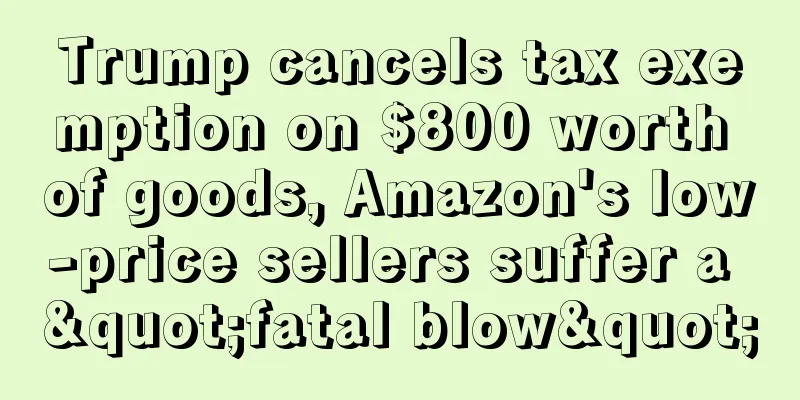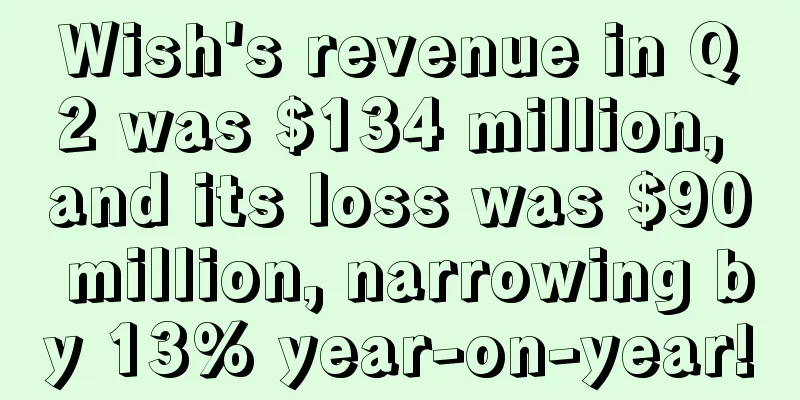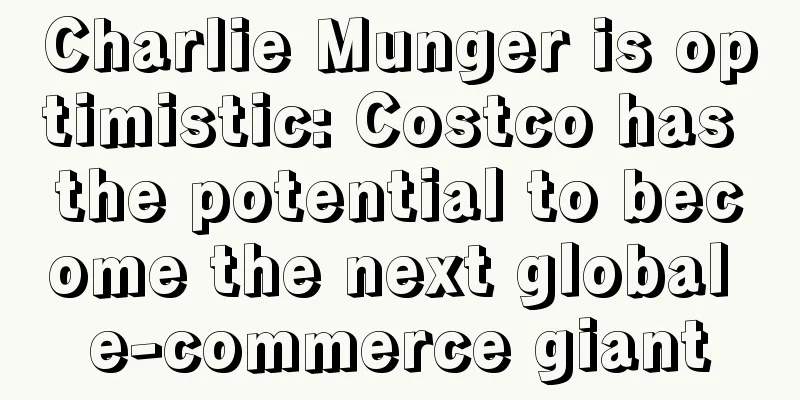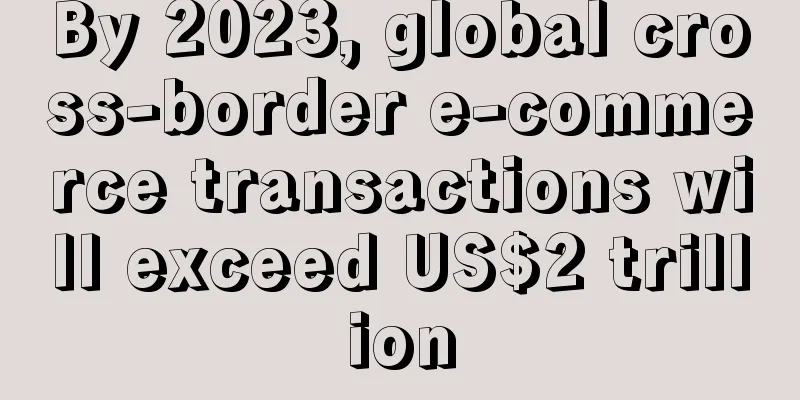Trump cancels tax exemption on $800 worth of goods, Amazon's low-price sellers suffer a "fatal blow"

|
While everyone was still immersed in the vitality of 2025, the cross-border e-commerce market in the United States was shaken by a sudden decision! On February 1, 2025, US President Trump signed an important executive order to cancel the tariff exemption for small items "valued at less than $800." The introduction of this policy means that many Amazon sellers and independent website sellers who win with low-price strategies will face the dilemma of "soaring costs", and some sellers even say that "the business may be ruined." Why does the United States want to cancel the “$800 minimum” tariff exemption? The United States has had a "de minimis" tariff exemption since the 1930s, and in 2016 the Obama administration increased the exemption from $200 to $800. Affected by this policy, the number of goods imported into the United States soared, from US$40 million in 2012 to US$67 billion in 2020. Even in fiscal year 2024, the number of parcels entering the United States exceeded 1.36 billion. The "easy door" of this policy has now been closed by Trump. One of the main reasons for canceling the exemption is that a large number of small-value commodities from China enter the US market through this exemption policy, especially shoes and clothing, 3C digital products, household items, etc., the value of a single package is usually less than US$800. The cost advantage brought by this "tax-free paradise" has greatly benefited many large cross-border e-commerce sellers and platforms. But as Trump pursued the "America First" policy, this tax-free "loophole" was finally closed. In the past, these goods entered the US market at extremely low costs through duty-free policies, breaking down competitive barriers. Now, once the tax-free policy is cancelled, their goods will face an average tariff rate of 10%-15%, which may even lead to a sharp increase in costs and the loss of their previous competitive advantage. In particular, some independent site sellers and Amazon sellers who ship their own goods, who usually rely on "low price drive" to attract customers, now have to face higher tariff costs. What is more worrying is that platforms such as Temu are no exception. Although Temu has long begun preparations for the "semi-custody" transformation in 2024, it is still unknown whether this transformation can be smoothly implemented due to the impact of tariff changes. As price wars recede, cross-border e-commerce models will undergo major changesAt the same time, the logistics model of cross-border e-commerce will also undergo profound changes. It is expected that in the next few years, more and more Chinese sellers will set up overseas warehouses (such as FBA) in the United States, but this also means that operating costs will increase significantly. Compared with direct mail, the cost of overseas warehouses is 35%-50% higher, and the capital occupation period will be extended by 30-60 days. This series of changes means that the threshold for cross-border e-commerce will be further raised, and only sellers with certain financial strength and brand advantages can stand out in the new environment. In summary, 2025 will be a challenging year for the cross-border e-commerce industry. The extensive model driven by low prices will gradually be replaced by refined and branded operations. Sellers must adapt to this transition period quickly and adjust their business strategies. Instead of relying on low-price strategies, they must improve their competitiveness by optimizing product quality, improving services, and building brands. These changes are undoubtedly a "fatal blow" to many sellers who rely on low-price competition, but they are also an opportunity for a reshuffle in the industry. In the future, the cross-border e-commerce industry will enter a more standardized and mature stage, and will also usher in more new opportunities and challenges. The "storm" of this tariff policy is still continuing to ferment. Whether sellers can seize the opportunity and successfully transform depends on whether you can adjust your strategy! Today's Share Amazon Merge Operation Detailed Full Process Guide |
<<: Amazon delivery has changed again! Starting February 20, 2025
Recommend
Halloween spending in the U.S. will hit a new high in 2022! These categories have the best chance of making big sales
<span data-docs-delta="[[20,"获悉,根据美国零售联合会(...
What is Dear-Lover? Dear-Lover Review
Shiying Clothing (Quanzhou Shiying Clothing Co., L...
List of top 5 retailers in the United States by revenue in 24 years: Walmart and Amazon lead the way!
It is learned that on December 30, according to fo...
Breaking news! Amazon AWS is down, backend crashes, sellers collectively have zero orders!
▶ Video account attention cross-border navigation ...
What is J&T Express? J&T Express Review
J&T Express is a technology-innovative Interne...
What is a clearing service? Clearing service review
Liquidation is a free removal option, through whic...
Etsy launches new seller app! Adding product information is faster!
<span data-docs-delta="[[20,"获悉,近日Etsy发布公告...
Big news! New requirements for Amazon listings are now available. Compliance must be completed before publishing!
Normal, once there is data abnormality, such as s...
The U.S. Postal Service processed more than 13.2 billion packages during the holiday shopping season!
It is learned that according to foreign media repo...
What is a patent pool? Patent pool review
Patent Pool: It is a patent licensing trading plat...
What is eBay Authenticate? eBay Authenticate Review
eBay officially launched the eBay Authenticate ser...
What is OzBargain? OzBargain Review
OzBargain is an Australian shopping community that...
What is eBay Authenticate? eBay Authenticate Review
eBay Authenticate is a service officially launched...
Amazon has won the battle for Indian retail dominance, but it still has concerns
Online retail giant Amazon has a love-hate relatio...
Reasons why Amazon sellers are out of stock, what to do if they are out of stock?
Today I will talk to you about the reasons that m...









